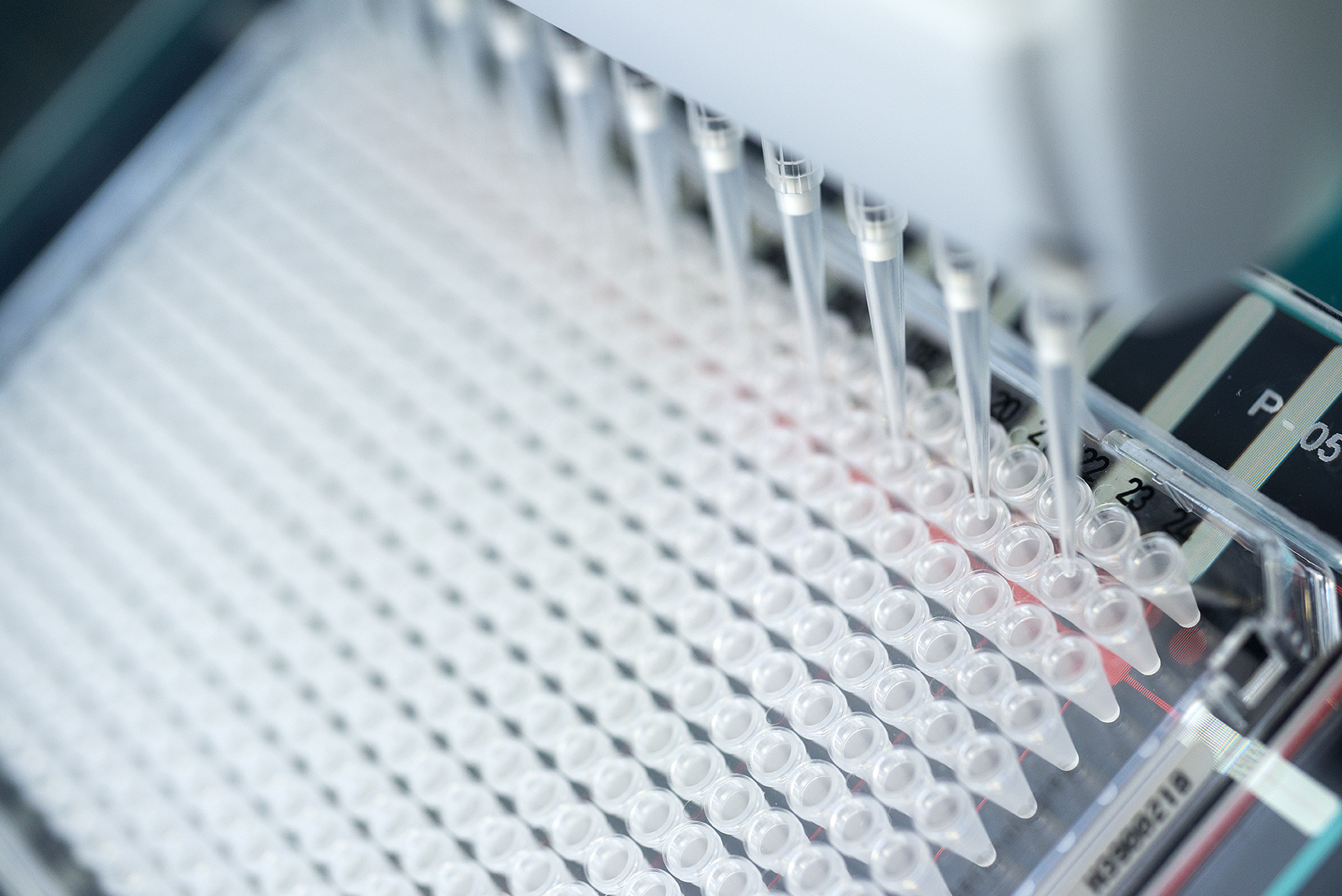
At Fraunhofer ITEM, segmental lipopolysaccharide (LPS) challenge is used to study cellular immune responses in the lung, as well as the safety and efficacy of new investigational drugs. In this model, LPS, a component of bacterial cell walls, is instilled into the lung, thereby inducing a localized inflammatory response. The project's aim was to analyze the LPS-induced transcriptome — or gene activity — and to identify parallels to airway diseases. Bronchoalveolar lavage (BAL) fluid and lung biopsies were collected from 28 healthy smokers before and after segmental instillation of LPS or saline (control).
Sequencing data from the isolated cellular RNA were used to examine differentially expressed genes (DEGs). Compared to the control, 6557 DEGs were identified in BAL, but only one DEG in biopsies after LPS challenge. Upregulated DEGs in BAL were associated with pro-inflammatory molecular functions and signaling pathways. Overlapping aspects between the LPS model and the five most common airway diseases — COPD, asthma, pneumonia, tuberculosis, and lung cancer — as well as COPD exacerbations, were identified. In summary, this study expands the existing knowledge about the human segmental LPS challenge model.
The findings were published in the journal Scientific Reports (Gress, C. et al., 2024, DOI: 10.1038/s41598-024-51547-0).
 Fraunhofer Institute for Toxicology and Experimental Medicine
Fraunhofer Institute for Toxicology and Experimental Medicine